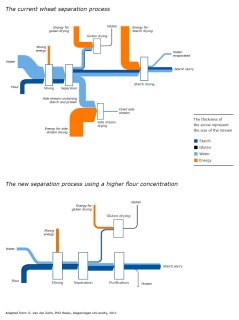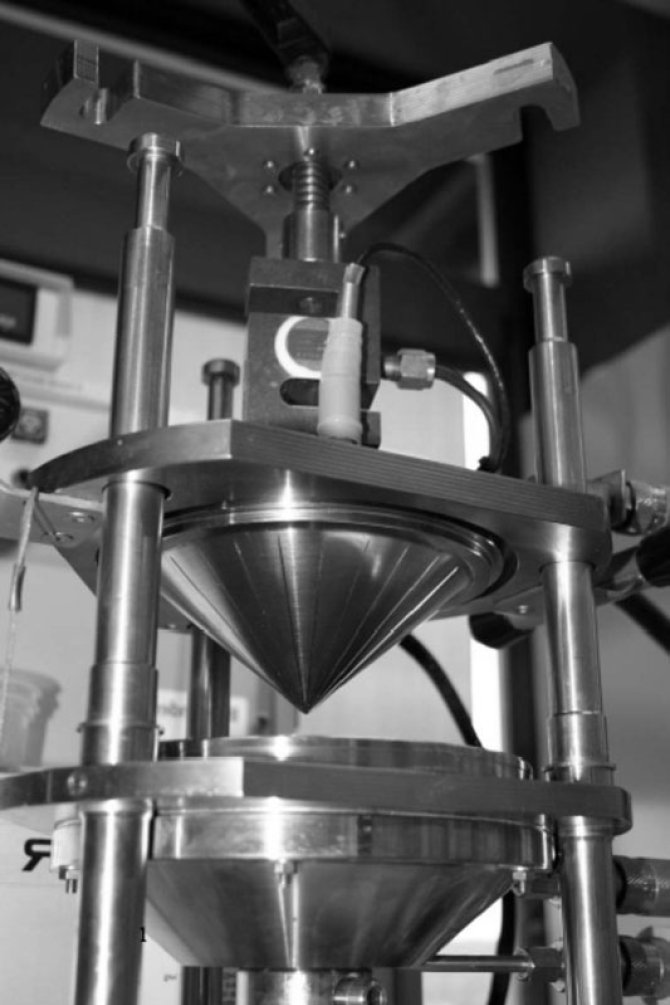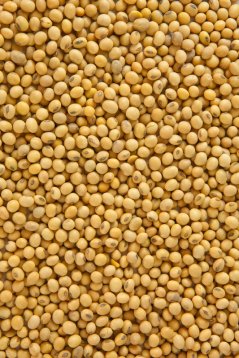Food processing - Environmental benefits and high nutritional value
People stopped living on fresh food alone a long time ago. Preservation methods make it possible to stockpile supplies; adding or mixing various ingredients allow for better taste or nutritional quality; processing boosts shelf life, and the production of ready-to-eat meals increases convenience. Food technology thus ensures a better use of nutrients within the chain from field to mouth, reducing the primary food production required.
The chain from food production to consumption generally consists of many steps. Historically, the primary consideration was to make food easier to store. After all, harvests depend on natural factors and have corresponded completely with the seasons, for most of human history. To provide sufficient food of good quality during other times of the year as well, a variety of techniques were developed to extend shelf life: Drying, salting, smoking and, later, cooling and freezing. While most of these preservation techniques are centuries old and low-tech, advanced technological progress has considerably expanded them over the last half century.
Wageningen UR is aiming to replace parts of the refined foods with food that contains most of the structure and composition of the original natural product

Concentration replaces dilution
Remko Boom, professor of food process engineering contributes with his group to the continuing innovation in food technology, ranging from improvements in the efficiency of processes to the introduction of new basic ingredients. In many processes, separation is part of the treatment. For a long time, industrial processes consumed copious amounts of water and energy to produce those ingredients. The discovery that the separation of particles is possible in concentrated dispersions may lead to breakthroughs in a number of future separation processes. While many separation techniques have previously required dilution, concentrated dispersions can be separated by using the intrinsic properties of the high concentration.
A major advantage of this new approach is that the subsequent drying process requires considerably less energy and thus has less impact on the environment and climate. Understanding the behaviour of concentrated systems offers new possibilities for separation. Gluten and starch, for instance, appear to have very different viscosities in a solution containing a minimal amount of water. These grain components can be separated based upon this difference. Additionally, research enables a better understanding of how dough behaves in the baking process.
Vegetable replaces animal
Another area in which the knowledge of concentrated systems has proven its value is the development of fibrous textures. These textures might form the basis for products such as meat substitutes, which contain plant instead of animal protein. Depending on the animal species, a production animal requires approximately two to eight kilograms of feed protein to gain one kilogram of body protein and major sustainability gains can be realised if this conversion can be improved or skipped. The new plant protein source is often relatively rich in carbohydrates and therefore does not have the same nutritional value. The question, however, is whether this is a problem, or that a change in composition can lead to additional benefits.
As an example, the carbohydrates in certain plant materials are present as dietary fibres, of which we now often consume too little. The inclusion of those carbohydrates in meat substitutes can therefore lead to health benefits, neatly combining health and sustainability. What applies to people can apply equally to animals. Wageningen UR is carrying out research into the replacement of animal protein in fish feed – often fishmeal – y vegetable components. Here, too, enrichment with, for instance, gluten or soya appears to give an extra boost to efficiency. Algae are promising in this context, provided they can be used completely and without further purification.
Biorefinery replaces standard refine
Obesity is a major health problem in the developed world today and a driver in the development of food technology. Refined foods contain more calories, without a corresponding increase in nutritional value. Wageningen UR is aiming to replace parts of the refine foods with food that contains most of the structure and composition of the original natural product. This approach does not necessarily imply a total reintroduction of a diet based on pure vegetable or animal products. The solution is partly to be found in so-called food-driven biorefinery. In this method, plants such as soya, lupins, peas and wheat are deconstructed in a way that allows existing structures – dietary fibres, original fatty acids and proteins – to be preserved and subsequently added to foods.
This composition shift – less refined – leads to less energy-rich and, probably, healthier food. Moreover, it means that less primary food production is required to achieve the same nutritional value. While the application of this high-tech food processing is currently limited to developed countries, it may trickle down to rapidly developing countries. As a rule of thumb, improvements in income and wealth go hand in hand with an increase in the consumption of animal protein and refined foods according to the western diet. A change in the Western diet might also lead to a chance to healthier and more sustainable eating habits elsewhere in the world.


